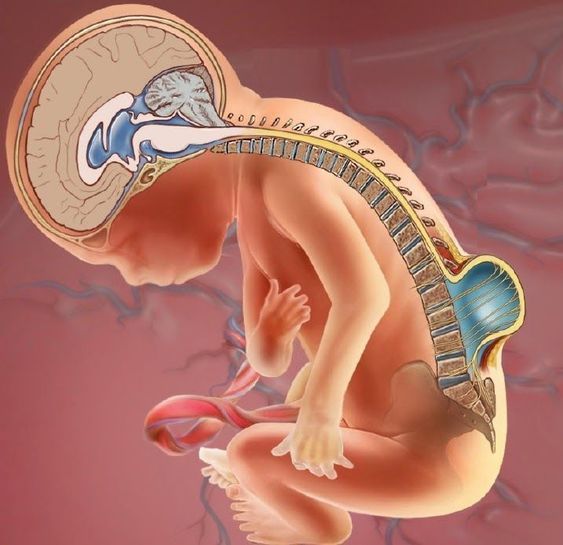Introduction:
Spina bifida is a birth defect that occurs when the spine doesn't form completely during pregnancy. This can cause a range of disabilities, from mild to severe. The severity of spina bifida depends on the size and location of the opening in the spine, as well as the type of spinal cord involvement.

While the exact cause of spina bifida is unknown, it is thought to be caused by a combination of genetic and environmental factors. Low levels of folic acid during pregnancy have been linked to an increased risk of spina bifida, which is why it's so important for pregnant women to take a prenatal vitamin with folic acid.
This comprehensive guide aims to provide a clear understanding of spina bifida, covering its types, diagnostic tests, available treatments, and preventative measures.
Types of Spina Bifida:
There are three main types of spina bifida:
- Myelomeningocele: This is the most severe type of spina bifida. It occurs when the spinal cord protrudes through an opening in the spine, forming a sac on the back. This can cause paralysis, bowel and bladder problems, and other disabilities.
- Meningocele: This type of spina bifida is less severe than myelomeningocele. It occurs when the membranes that surround the spinal cord protrude through an opening in the spine. This can cause some disabilities, but they are usually less severe than those associated with myelomeningocele.
- Occulta: This is the mildest type of spina bifida. It occurs when there is a small gap in the spine, but the spinal cord does not protrude. Most people with spina bifida occulta have no symptoms.
Tests and Diagnosis:
Doctors can diagnose spina bifida during pregnancy through various tests:
- Blood Tests: Maternal serum alpha-fetoprotein (MSAFP) screening measures the level of a protein produced by the fetus. Elevated levels may indicate spina bifida.
- Ultrasound: An ultrasound scan can visualize the fetal spine and detect any structural abnormalities.
- Amniocentesis: This procedure involves extracting amniotic fluid surrounding the fetus for analysis, which can reveal specific markers indicating spina bifida.
Treatment Options for Spina Bifida:
Treatment for spina bifida depends on the severity of the condition.
- Surgery: Surgery is often required to close the opening in the spine for myelomeningocele and meningocele.
- Supportive Care: Individuals with spina bifida may require ongoing care from a team of specialists, including physical therapists, occupational therapists, and other healthcare professionals.
- Assistive Devices: Depending on the level of disability, assistive devices like wheelchairs, braces, and crutches can improve mobility and independence.
Prevention:
While spina bifida cannot always be prevented, taking folic acid before and during pregnancy significantly reduces the risk.
- Folic Acid Supplementation: Women of childbearing age are advised to take 400 micrograms of folic acid daily.
- Prenatal Care: Regular prenatal check-ups allow for early detection and management of any potential issues.
Understanding spina bifida is crucial for expectant parents and individuals living with the condition. By staying informed about its types, diagnosis, treatments, and prevention, we can promote better care and support for those affected by spina bifida.

.jpg)